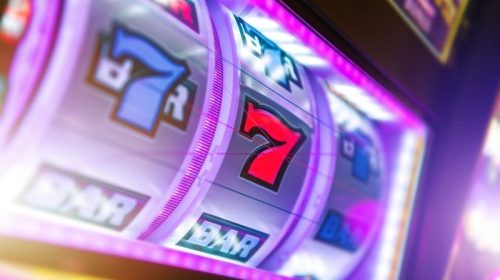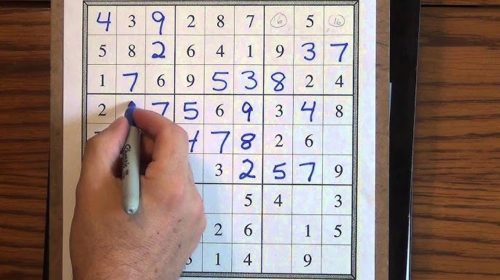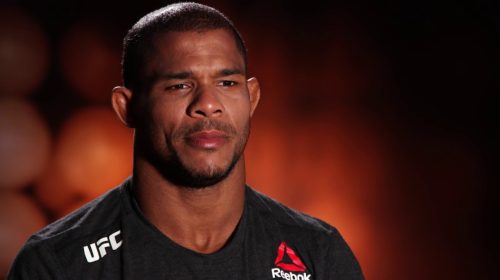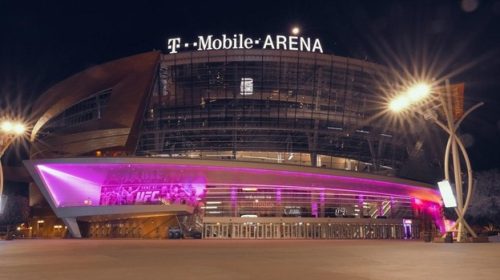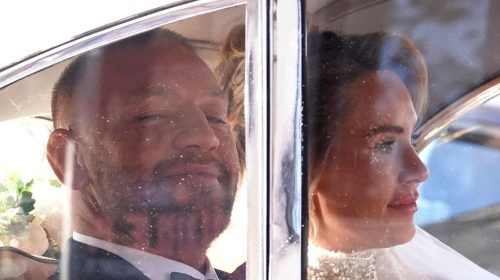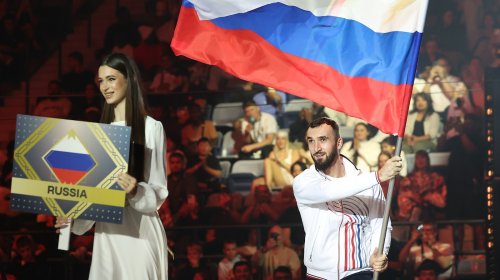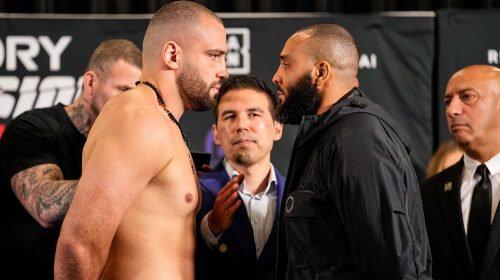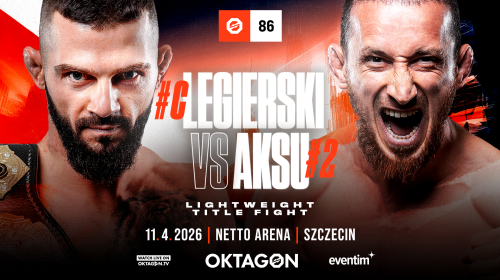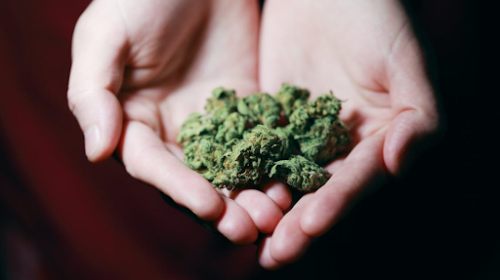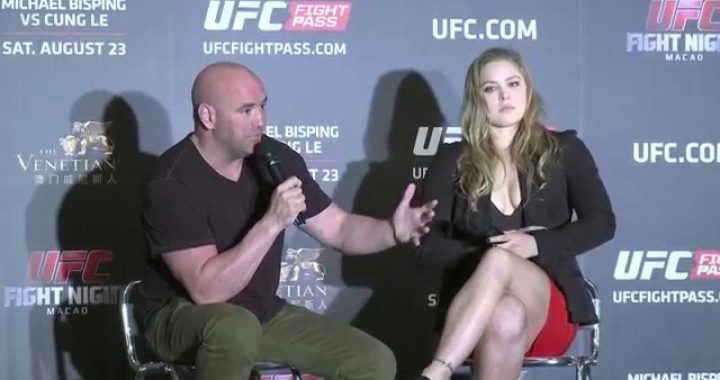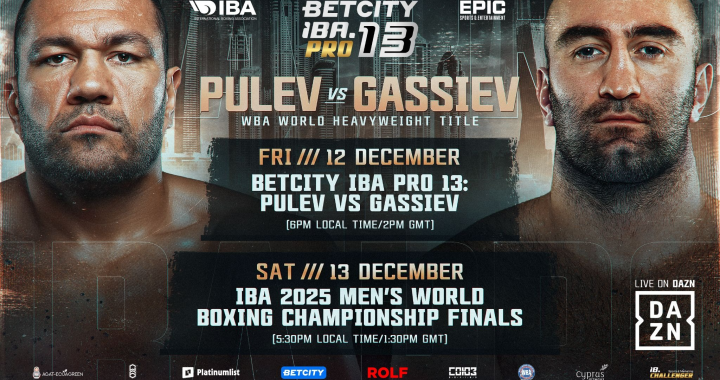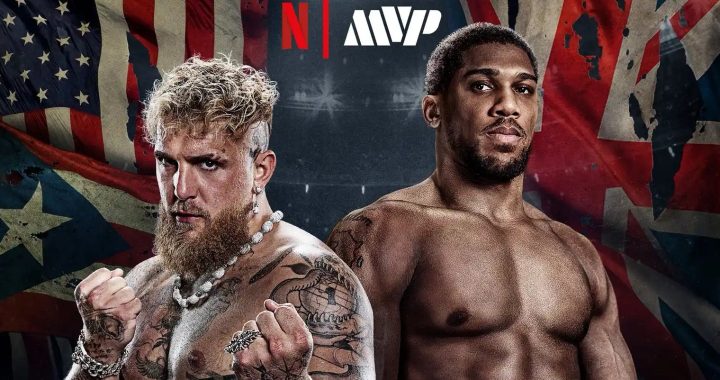
Boxing Across the Nation: Arizona – Hall of Famer Michael Carbajal
Hall of Famer Michael Carbajal – Arizona
Boxing has been a part of the American sports scene since the 1700’s by way of England. It started by infiltrating the larger port towns before eventually working it’s way into the lexicon of America. Starting as an illegal sport which saw it’s athletes arrested, it now showcases some of the most talented combat sports athletes in the world. We will embark on a 50 part saga exploring the best boxers representing the United States. Some states will obviously have more athletes to choose from than others but the journey will be quite the ride. Let’s embark on the journey looking at an interesting fighter from each state.
Before we get going with our third entry, make sure to go back and check out the first two states we have covered but clicking below.
First Entry: Alabama-Life of Joe Louis
Second Entry: Alaska-Hector Camacho vs John Montes Card
We have made it to the third state in our 50 part series (covering in alphabetical order), Arizona. The 48th state to join the union, last of the continental states. It is the 14th most populated state out of the 50. With this there were a handful of fighters to pick from but one stood out above the rest head and shoulders (no pun intended.) The 5’5″ former light flyweight champion of the world and Phoenix-born fighter, Michael Carbajal. Hailing from the capital city of Phoenix, the only capital city in the nation with a one million plus population, is also home to future star David Benavidez.
Amazing Amateur Career and Olympic Controversy
Michael Carbajal was born on September 17, 1967 in Phoenix, Arizona. Carbajal had an outstanding amateur career amassing a record of 94-9. He took home the 1987 Golden Gloves championship prior to winning his silver medal at the 1988 Olympic games in Seoul, Korea. Carbajal was apart of a star-studded cast which included teammates Kennedy McKinney, Andrew Maynard, and Ray Mercer who won gold medals. He also was a teammate of fellow silver medalists Roy Jones Jr and Riddick Bowe. Unfortunately for Team USA, the two silvers won by Carbajal and Jones Jr have been argued by many in the sport, should have been gold medals.
The 1988 Olympic Boxing “Scandal”
Many people are aware of the robbery that occurred to Jones Jr, taking the silver medal in his bout with Park Si-hun of South Korea. In a report by Sports Illustrated in 1988, the same three judges who were found to have taken bribes from the South Korean government, were the exact same judges who ruled on the Carbajal bout. It was stated the judges for all bouts were to be selected by a “random drawing.” Amateur bouts are scored on strikes landed, not on the damage inflicted.
Compubox should in the second round, for example, Michael Carbajal landed 25 punches while Bulgaria’s Ivailo Hristov only landed 11. In a round where Carbajal should have scored two points across the board, one judge gave the round to Hristov while the other four gave it to Carbajal but with only by one point. For their part in the Jones Jr debacle, the three judges who had Park winning were given two-year bans with two of them eventually being banned for life.
In their preview to the 2012 Olympic Games, The Ring magazine named their “USA Dream Team” representing 10 weight classes. Among names like Floyd Mayweather Jr, Muhammad Ali, and Joe Frazier, Carbajal was selected to represent the light flyweight division. This is an outstanding accomplishment when you look at who was selected as his alternate, Paul Gonzales. With a pro career not nearly as bright as his amateur career, Gonzales won the gold at the 1984 games along with the Val Barker Trophy given to the most outstanding boxer of the Olympic games. Jones Jr won the same award at the 1988 games, though he only took home the silver.
Catapulting into a Hall of Fame Pro Career
After the disastrous situation that was the 1988 Olympic games, Carbajal made the jump to the professional ranks and took his debut bout February 24, 1989 against Will Grigsby in which he won via unanimous decision. Grigsby would go on to become a future IBF world light flyweight champion. With Carbajal’s favorite fighter being Roberto Duran, he adopted the nickname, “Little Hands of Stone,” in honor of Duran. Ending his career with 33 of his 49 victories coming by KO (67% KO ending percentage) he did not disappoint his idol.
Marching Along to First World Title
About a year and a half later Carbajal collected 14 wins and zero losses to finally earn a shot at the IBF light flyweight championship of the world. His opponent on this date was Muangchai Kittikasem of Thailand. Going into the bout 11-0, someone’s undefeated record as a pro was going to go away. If that would be Kittikasem, that means his title would go away as well. After being dropped twice in the fourth, again in the sixth, and seventh, referee Robert Ferrara called a stop to the contest in the seventh round declaring Carbajal the new world champion. He would go on to make 15 successful defenses of his crown. Along the way, he would embark on the first of an epic trilogy of fights against soon to be rival, Humberto Gonzalez.
The Humberto Gonzalez Trilogy
The first bout of this epic trilogy occurred on March 13, 1993 during Carbajal’s title run. Carbajal was defending the IBF light flyweight title while Gonzalez was defending the WBC light flyweight title. He changed his fate with one left hook. Carbajal was down on all three scorecards heading into the seventh round. He needed a big shot and landed a huge hook with one second left that left Gonzalez unable to continue. The Ring magazine named this bout it’s 1993 Fight of the Year. This is the first time in the publication’s history a light flyweight match won the award. It would only happen again in 2010 when Giovani Segura took on Ivan Calderon.
This was also the first time a light flyweight fight headlined a pay-per-view card. Two names that would rise to world prominence were showcased on this card as well as. The 4-0 Oscar de la Hoya took on and defeated Jeff Mayweather who was 23-2-2 at the time.
Bout Two
The second bout took place February 19, 1994, less than a year from their last encounter. Since the first bout, Carbajal defended his title two more times, both successes. A huge milestone was reached for “smaller” boxers in this bout. Carbajal became the first boxer under 126 pounds to earn a 1 million dollar payday. This bout was an absolute war which saw Gonzalez finally get his hand raised. It was not close though, earning a split decision 113-117, 113-117, and 115-114.
Bout Three
With the split one and one for the series, it was inevitable a third bout was needed. This came to be on November 12, 1994, less than nine months from their previous encounter. Again, Carbajal took on two more bouts in between and was successful in both. Each boxer sustained an accidental headbutt to the head resulting in a nasty cut.
Sharing the Hall
In 2006 it was announced that both Michael Carbajal and Humberto Gonzalez would be inducted into the International Boxing Hall of Fame. The Star News quoted Carbajal as stating, “We had some great fights together,” said Carbajal, who now runs a gym in Phoenix. “It seems right that both of us are going in at the same time like this. We have a history. I won’t lie. I miss it,” the 37-year-old Carbajal said. “But I retired a world champion.” Carbajal entered the Hall of Fame with a record of 49-4 (33KOs), a five-time world champion, and actually retired as the champion. He defeated Jorge Arce for the WBO world light flyweight title. Carbajal is a man that you must go back in time to watch especially the epic wars with Gonzalez. Carbajal as done well representing Arizona as we continue this 50 state journey.

